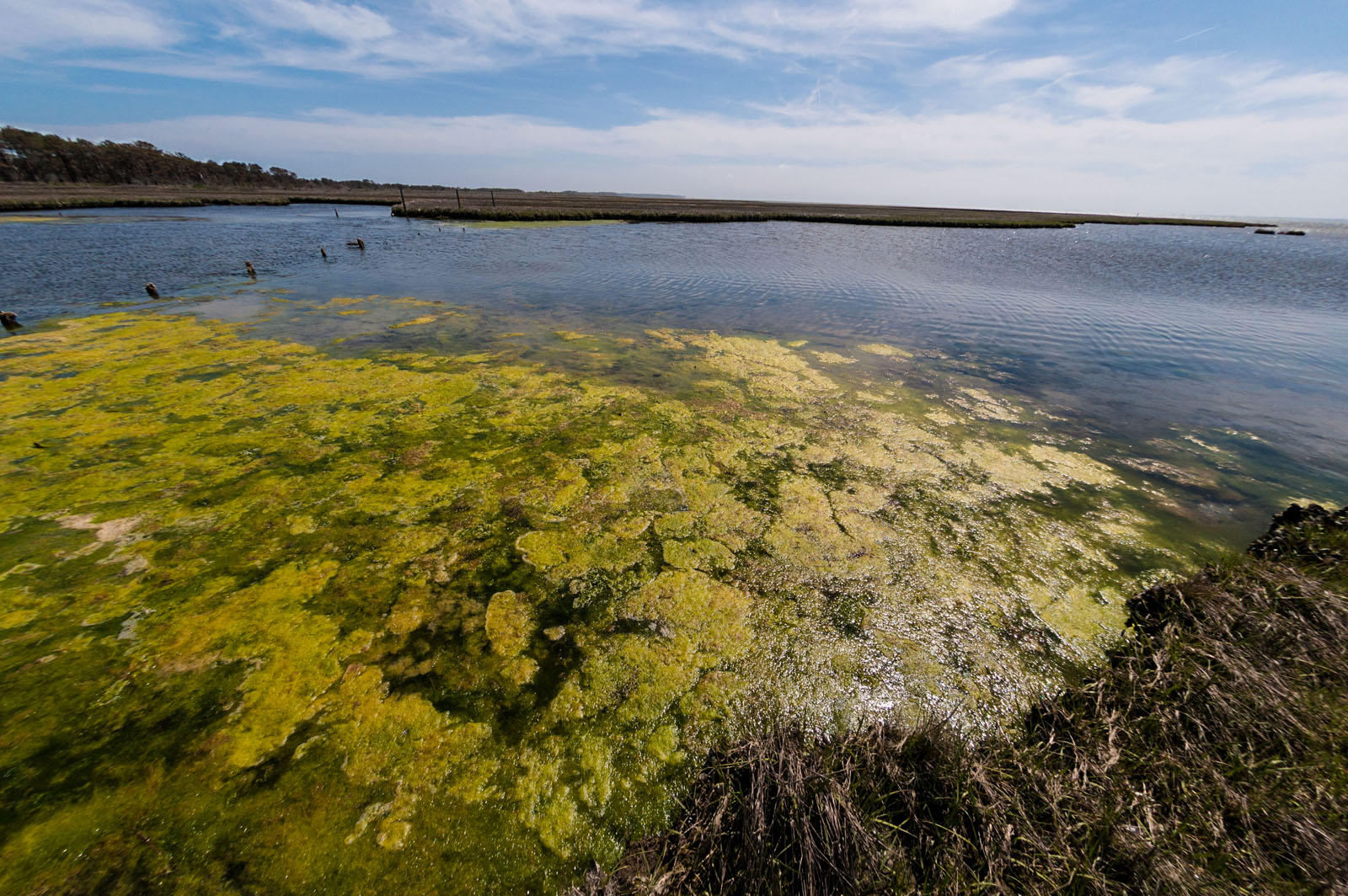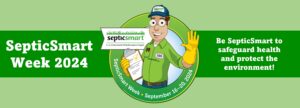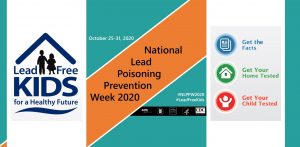The presence of algae can benefit the environment. Algae can be food for small fish and other animals and can also filter water in a controlled environment. However, in an uncontrolled environment, the overgrowth of algae can negatively impact the environment. An overabundance of algae can form algal blooms, lowering oxygen levels within water and damaging the ecosystem. Algae can also produce harmful toxic chemicals that negatively impact the ecosystem, and these are known as Harmful Algal Blooms (HABs).
HABs have a negative impact on veterinary and human health. Fish exposed to toxins released by HABs can form mutations and these fish should not be consumed by humans. With an overwhelming presence of HABs, oxygen levels in water may become low enough and cause the death of fish through suffocation, i.e., fish kills.
Shellfish are also negatively impacted by HABs. Since many shellfish, such as oysters, are filter feeders, they can accumulate high concentrations of HAB toxins. Common toxins released by HABs that are absorbed by shellfish are ciguatoxins, brevetoxins, and saxitoxins. These toxins can be transferred to humans through consumption and can be fatal. Common types of shellfish poisoning that stem from HABs are ciguatera fish poisoning, paralytic shellfish poisoning, and neurotoxic shellfish poisoning.
HABs have become an environmental issue in every region of the United States since they can grow in streams or bodies of water with low mobility and sunlight. Algae growth can be exacerbated if there is a continuous source of nutrients such as nitrogen and phosphorous. These nutrients can be introduced into the environment through fertilizers used in agricultural fields and/or fecal material from concentrated animal feeding operations (CAFOs). Nutrients that reach streams and water sources from agricultural fields and CAFOs are most often carried by stormwater runoff.
These sources of nutrients can be combatted with best management practices (BMPs). BMPs are a collection of practices which can help lower the amount of pollution released into the environment. Examples of BMPs would be crop nutrient management and conservation tillage. Crop nutrient management is important because most nutrients that leach into streams are unused by plants or unbound to soil due to overloading. These unused nutrients are often carried to nearby streams through stormwater runoff. Runoff can be combatted through the BMP conservation tillage. Conservation tillage is the practice of leaving leftover plant material after harvesting on the soil surface which can help reduce runoff and soil erosion.
References and more helpful links:
- Environmental Protection Agency (2019). Nutrient Pollution: Harmful Algal Blooms.
- Centers for Disease Control and Prevention (2020). Harmful Algal Bloom (HAB)-Associated Illness: General Information.
- Centers for Disease Control and Prevention (2017). Harmful Algal Bloom (HAB)-Associated Illness: Marine Environments.
Photo Source: by Eric Vance, U.S. EPA
*This article is contributed by MS Environmental Health student, Adam Vang.



